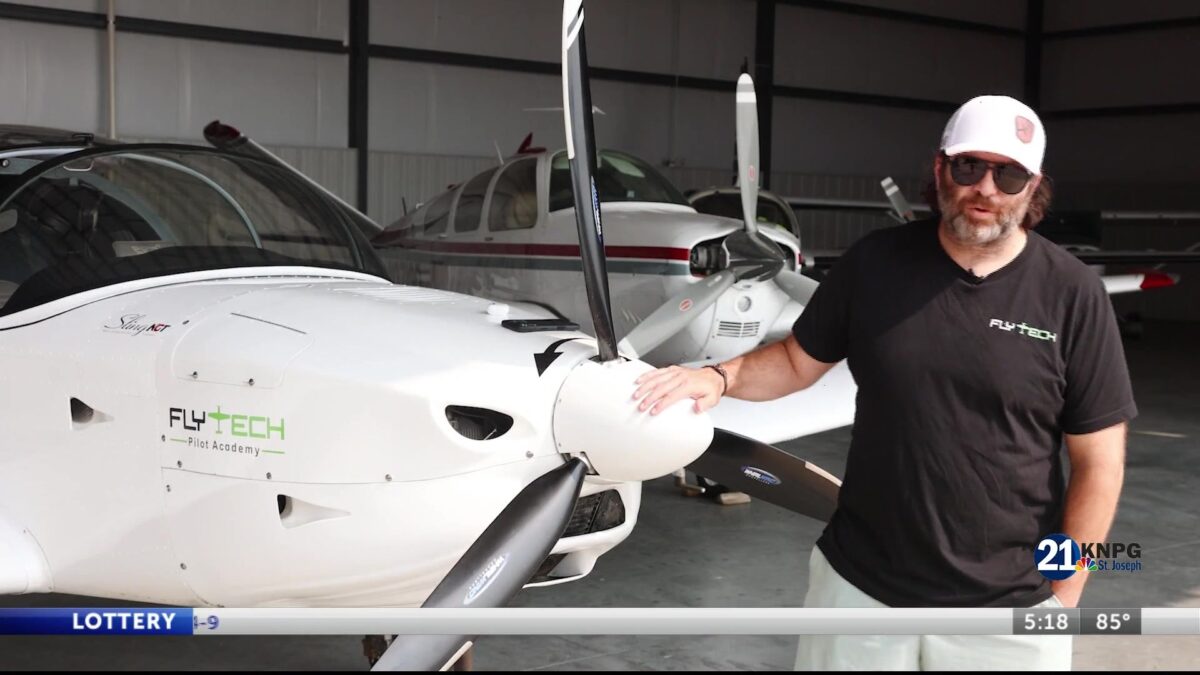‘Huge impact’: Pilots can get licenses faster, fly larger planes under new FAA rules

Cameron Montemayor
ST. JOSEPH, Mo. (News-Press NOW) — The pathway to becoming a pilot and taking to the skies will be easier than ever under a new and long-awaited aviation rule change set to take effect this October.
U.S. aviation officials, including Transportation Secretary Sean Duffy, unveiled widespread changes this July for light sport aircraft and sport pilot privileges, the largest overhaul in more than 20 years for a growing sector of recreational aviation.
Among a wide range of changes, the Modernization of Special Airworthiness Certification (MOSAIC) rule now allows those with Sport Pilot certification to operate a broader range of larger and more traditional aircraft, such as the Piper Cherokee and Cessna 182, essentially cutting the amount of time in half that it takes to fly one.
“It’s amazing. It’s one of the best things I’ve seen happen to aviation in the 15 years I’ve been flying,” FlyTech Pilot Academy co-founder Lute Atieh said. “The sport license basically says if you’re a recreational pilot, you can get this license. It’s half the time, half the money, half the effort of a full license.”
With proper training, sport pilots will be allowed to fly at night and operate more complex aircraft. The rule will also reduce weight restrictions, enhance landing gear capabilities and allow for constant-speed propellers.
Used primarily for recreational aviation, a sport pilot’s license requires a minimum of 20 hours of flight time while also being more affordable than a standard pilot’s license, which requires twice the amount of flight hours.
“If you possess the ability to have a driver’s license, you can then start earning your sport pilot’s license,” Atieh said.
Atieh said it took five years for him to get a standard pilot license, a long and slow process, with a number of areas not consistently utilized by sports pilots.
“We limit a few things that most of you will never use … so it’s really right-sizing the steps toward becoming a pilot,” Atieh said. “Most of us are just going to be at the sport license level. Fly around, enjoy, go do little vacations. And this is a perfect license for it.”
The FAA created the initial LSA category and the Sport Pilot certificate in 2004. Officials pointed to a solid safety record of LSAs during that time, showing the FAA could safely expand the aircraft category.
With more pilots potentially taking to the skies in the years to come, industry advocates are hopeful the rule will have a chain reaction that inspires aircraft manufacturers to enhance or create new aircraft that support a growing market.
“This is going to really inspire manufacturers to do more. It’s going to take older aircraft and retrofit them to do more,” Atieh said. “This is a huge. I think it’ll take a few years to realize how important this was for aviation.”
New MOSAIC rules also open the door for older pilots who were previously discouraged from flying due to certain types of medications or health issues.